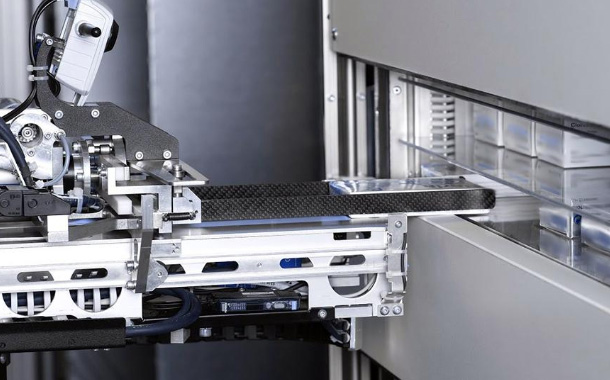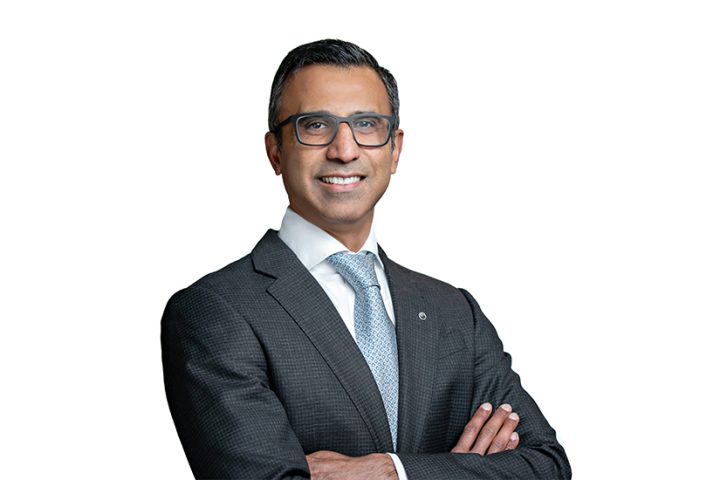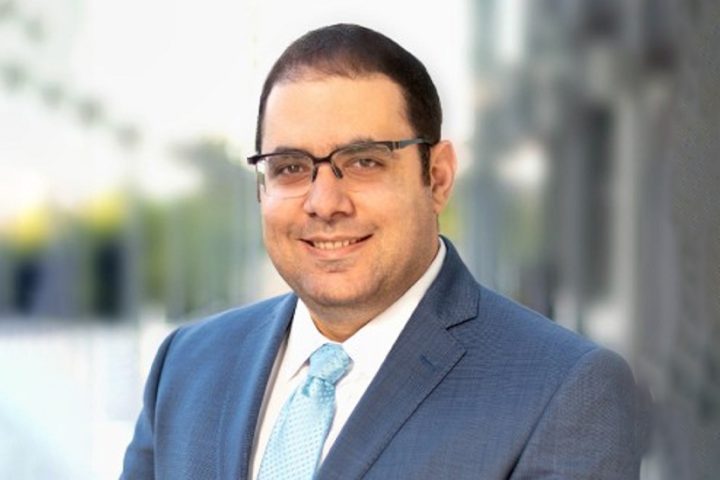The Ministry of Health and Prevention (MoHAP) has issued the robotic pharmacy report. The report provides an update on the project which has been launched in early 2017 at Al Fujairah Hospital.
The robotic pharmacy project aims at dispensing medicine, within the context of adopting the latest technological innovations in medication safety, with a view to reducing errors in dispensing medications and as part of MoHAP’s strategies to provide innovative services across the Ministry’s hospitals gradually.
The robot functions in automated preparation of medicines for patients at high speed of up to 8-12 seconds per one process of medication refill and up to 2000 processes of pharmaceutical packs delivery per hour. This is due to the existence of 4 robots equipped with multiple-capture robotic arms in order to serve more than 100 thousand patients annually at refill rates exceeding 400,000 refill transactions in outpatient pharmacies annually and procure medication stock at a high storage capacity of up to 45,000 pharmaceutical packs, a number that exceeds the necessary stock to refill medicines for one entire month in a small space. The robots are able to organize the pharmacy at high speed where they receive and arrange the medications automatically as quickly as 2,000 packs per hour.
Dr. Yousif Al Serkal, Assistant Undersecretary for Hospitals Sector, said that the robotic pharmacy project has achieved outstanding outcomes in terms of raising the level of effectiveness and operations efficiency, reducing the waiting time of patients to receive the service and establishing a more efficient stock management while reducing medical errors using barcodes and keeping medicines in the best condition.
“The robotics technology is also designed with a smart integrated alert and follow-up system to ensure quality and continuity of the service. In the near future, a dispensing (ATM) pharmacy will be available to boost both the robotic pharmacy performance and pharmacist role in providing relevant consultations,” Al Serkal added.
Al Serkal explained that the robot dispensing process is a paper-free as the robot will store the prescription as soon as the doctor documents it electronically. The pharmacist, then, delivers medication to patients and answers their questions. This will contribute to enabling pharmacists to provide better healthcare services and allow them to focus on giving patients the correct instructions on how to take the medication. This robot service gives the chance to engage the employees in medication barcodes process and pharmacy shifts, the matter that will help support the management of operations and human resources effectively and efficiently.
The Assistant Undersecretary for Hospitals Sector revealed that 131480 prescriptions have been dispensed since the kick-off of the robotic pharmacy. No errors in dispensing medication have been recorded, taking into account the regular surveys which show the growing customer satisfaction on the speed and efficiency of the service.
“The robot service performs many tasks such as arranging stock, preparing prescriptions automatically and entering prescriptions in the inventory system at high speed. This will reduce the waiting time of patients, whose numbers are ranged from 200 – 300 patients on daily basis in 11 outpatient clinics. The inventory count process is also made in a very short time and in the presence of only one employee, because of this smart management system,” Al Serkal pointed out.
He noted that the robot can follow up the expiry date of medicines and provide immediate reports on the medications that will expire soon. This report includes quantities, expiration date and batch number. Accordingly, some batches are withdrawn through a developed system for pharmacy control, alongside a special panel for managing pharmacy functions, in order to have a quick process for withdrawing those batches, by giving a command to the robotic pharmacy, which is characterized by high capacity of medications up to 3 months.
Furthermore, this smart system can identify monthly and annual needs in an easy and accurate way. This will give a clear image on the daily, monthly, annual consumption, with a view to achieving mediation rational consumption. Additionally, this smart system assists in supervising the employees’ productivity, such as the number of patients who have been served by pharmacists, number of medicines dispensed by pharmacists and time taken with every patient that might reach 10 minutes in peak hours.














